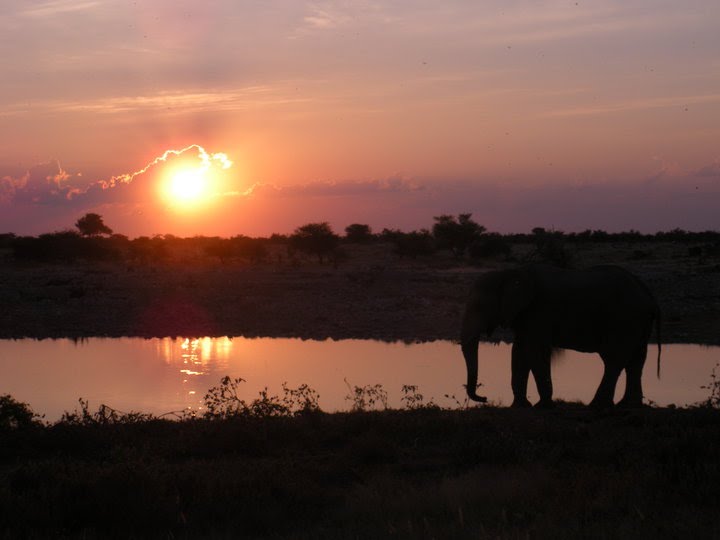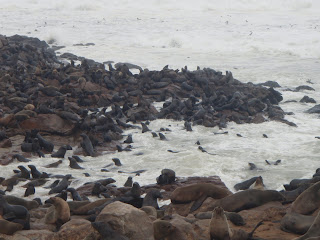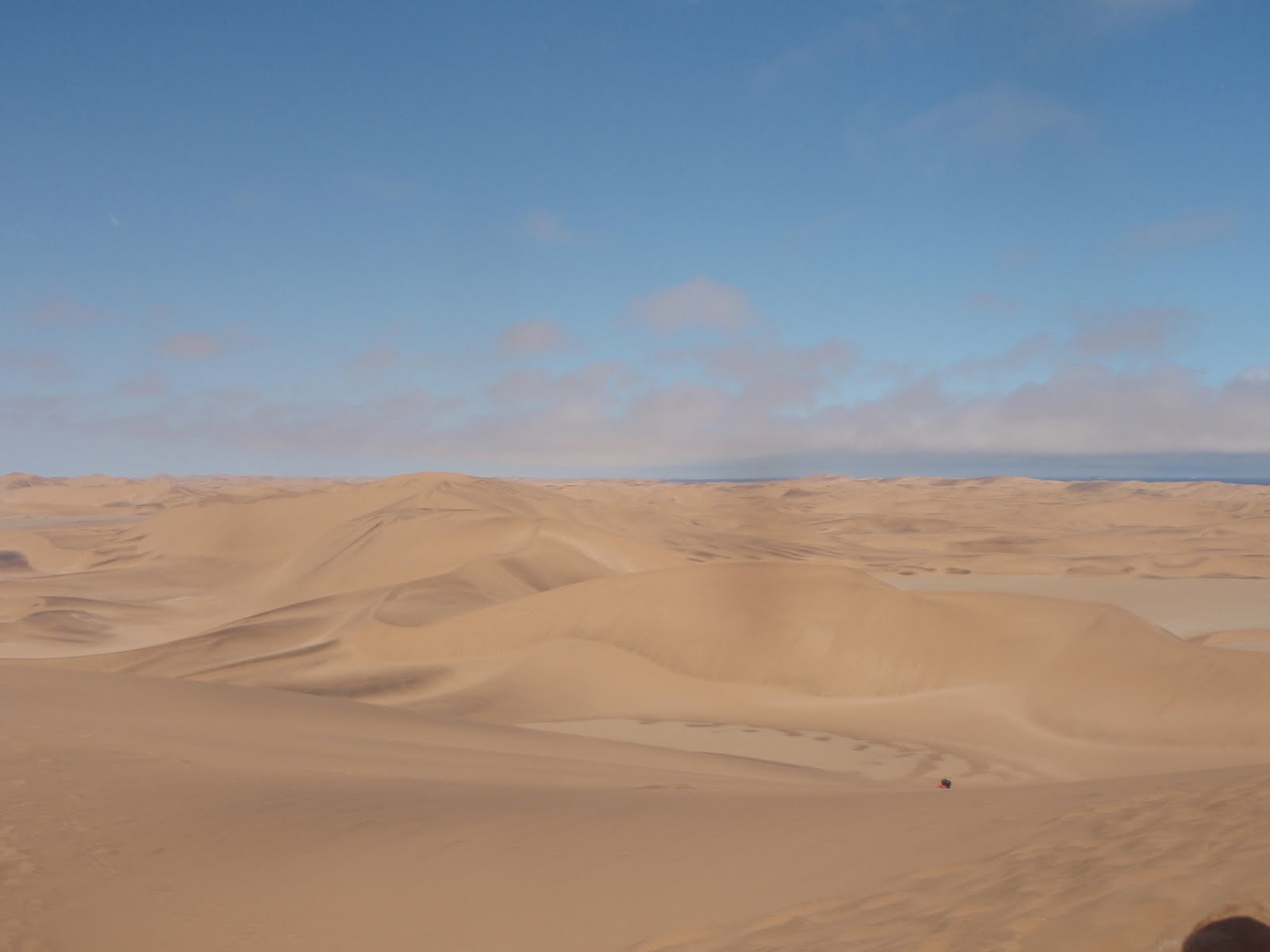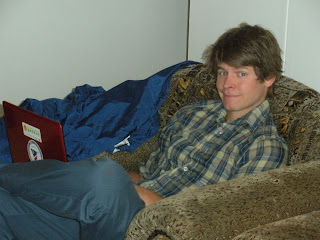Work at the Poly is humming along but will be interrupted this weekend by a three day holiday next week. The students have been on two-week break but staff and faculty have been here helping to run “vacation school” which is when the distance learners come to campus for 1:1 time with the faculty. Doug and I are in town this weekend and rest of week and then our friend Karam arrives from the US and will stay with us for two weeks.
Things are looking hopeful that I will be able to set up a “pilot” early earning system before I leave in June. The program will involved three schools—Health and Applied Science, Communications and the Engineering Bridge Program (which is similar to remediation courses to prepare students for Engineering degree). Each school will (hopefully) hire an academic advisor that will follow up with electronic referrals from the faculty. These referrals will occur around the 7th or 8th week of class and then academic advisors will follow up with students and connect them to the appropriate resources on campus. While by no means the complexity or depth or UC Denver’s EA program—I am hoping that this can make a meaningful and significant difference for struggling learners here. And if the individual schools take real ownership of this issue—I think they will work to sustain and grow the concept.
Some continuing challenges:
· Reluctance by Deans to hire someone from outside the university—I want to hire a completely new person and they continue to push to hire a current faculty member and reduce their teaching load. I continue to push for an academic support staff, not a faculty member.
· Resources—many of the places that academic advisor might look to send students to are resource challenged—e.g. Writing Center does not appear to have the capacity or ability to serve large number of students.
· Pilot—while I’d like to see a longer pilot, they only appear willing to give it one semester before they decide if it is working.
· Politics—imagine that. It’s also interesting to navigate challenges of different schools, center, departments, and individuals as I try to make these changes.
Why I remain optimistic:
· Everyone I have spoken to from faculty to the registrar see this as having great potential to make a real difference for struggling students
· They want to implement quickly –often times in Namibia people are great about making a “plan” and not so great about implementing. They are pushing for such a quick start b/c they don’t want to put all my work on shelf and watch it collect dust after I leave
· I have met several key faculty who really seem to be committed to access to higher education for more Namibian students
























